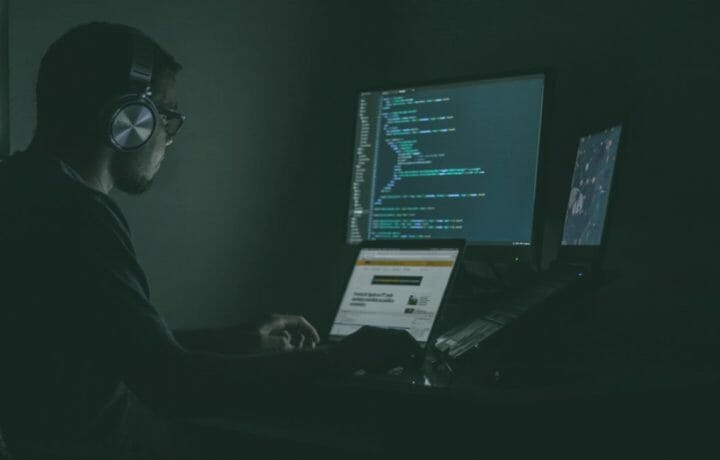Less than a year after being stood up, Army Cyber Command is now 21,000 soldiers and civilians strong and is encouraging every individual in the Army team to help defend critical networks and systems.
“Every user needs to understand and appreciate that every time they enter the net — regardless of what that net is, whether it is the Internet, an Army or military net – they are entering a contested environment,” said Lt. Gen. Rhett A. Hernandez, commanding general of Cyber Command in a recent interview with the American Forces Press Service. “And others are working to take that freedom to operate either away from them, or away from us. … So it is critical that [they] ensure they do those things that will protect [themselves] and protect the rest of the force.”
Army Cyber Command is rolling out training for both the field and home stations, to ensure operators at every level of the Army network are equipped with the knowledge to be network defenders. Army Cyber Command secures networks across the globe, with special emphasis on combat regions. It’s a 24/7 mission to protect critical infrastructure and capabilities. The focus isn’t just on networks, however, it’s on how those networks keep deployed soldiers safe. Cyber plays a critical role in combat communication and mission command.
“We are allowing them to operate in an environment that gives them the information they need to do that,” said Hernandez. “Our job is to ensure they have those enabling capabilities they need to be successful.”
Despite criticism, Hernandez says he’s proud of the work done by Cyber Command over the past ten months. Success has been possible thanks to joint efforts across the services as well as cooperation from elements within Army Cyber Command. Being able to quickly adjust fire and advance efforts is critical – because it’s something America’s cyber enemies are quite good at.
One of the areas Hernandez hopes to make more adaptive and responsive is the acquisition process. Echoing a sentiment former Secretary of Defense Robert Gates emphasized, Hernandez said sometimes that will mean accepting a less than perfect solution, or an incremental one, rather than waiting 5-7 years for perfection.
“We really need capabilities that we can bring to the force in 12 to 18 months,” he said.




